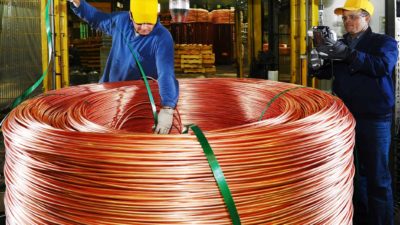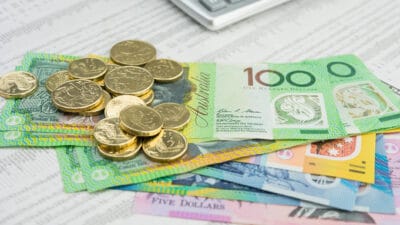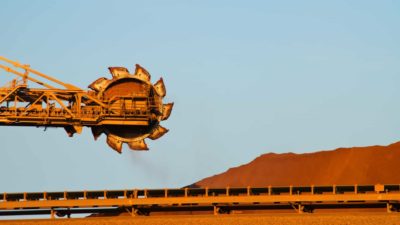The Nickel Mines Ltd (ASX: NIC) share price was burrowing deep underground today. By the market's close, shares in the nickel producer were trading at $1.13 – down 12.06%. By comparison, the S&P/ASX 200 Index (ASX: XJO) ended the day 0.17% lower.
Today's steep price movement came after the company released its activities report for the third quarter (Q3) of FY21.
Let's take a closer look at today's report.
Nickel Mines share price sinks
In a statement to the ASX, Nickel Mines reported disappointing results for the last quarter, with massive declines across the board.
Nickel sales fell 10.0% from the prior corresponding period (pcp) to 10,257 tonnes. Production of the 28th element at the company's Ranger Nickel Rotary Kiln Electric Furnace (RKEF) fell 12.7% to 10,067 tonnes.
Sales from RKEF were down 13.0% on the pcp to US$138.2 million and earnings before interest, taxes, depreciation, and amortisation (EBITDA) from the site were a staggering 29.2% lower at US$50.7 million. Underlying free cash flow from operations was 30.5% down on the previous quarter to US$50 million.
As well, production costs increased by double-digit figures. Nickel from the company's 80%-owned Hengjaya mine cost 14.6% more than in the pcp at US$8,725 per tonne. From its 80%-owned Ranger site, Nickel Mines' nickel production costs were 16.1% higher at US$8,641 per tonne. The company said 5,065 tonnes of the metal was produced from the Hengjaya mine and 5,003 tonnes from the Ranger mine.
In further news dampening the Nickel Mines share price, the company advised cash, receivables, and inventory on hand at the end of the quarter was down 46.4% to US$277.4 million.
Nickel Mines attributed the large burn rate to a US$180 million payment for a 50% stake in the Angel Nickel RKEF, a US$45 million debt repayment and a US$38.8 million dividend payment. This distribution is equivalent to US1.53 cents per share given 2.52 billion shares outstanding. The debt repayment means the Ranger debt facility is fully paid.
According to the company, lower production in Q3 can be attributed to record production and sales in the previous quarter, as well as the Lunar New Year in February. The increased production costs were blamed on the increasing price of nickel on the commodities market, as well as higher coal prices.
Nickel commodity price
According to the website Trading Economics, the price of nickel fell from its 6-year high of US$19,600 per tonne in February to its current US$16,350 per tonne due to concerns of oversupply. Demand, however, is forecast to increase as electric vehicle sales increase. Nickel is necessary for the production of the batteries used in electric cars.
Nickel Mines share price snapshot
Over the past 12 months, the Nickel Mines share price has increased by around 135%. Before today's double-digit drop, the company's value was 17.4% greater compared to the beginning of 2021. Now, Nickel Mines shares are trading just 2.26% higher year to date.
Given today's market price, Nickel Mines has a market capitalisation of around $2.9 billion.








